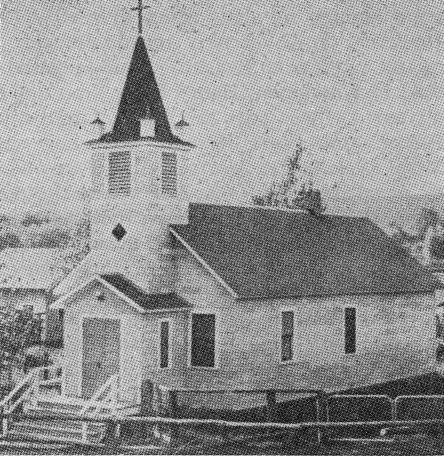their fellow members and speak on a theme of their own choice - and put up with the criticism that the rest were free to make, and which they made without any reservations.
Similarly, while Finnish groups in most communities developed musical activities early in their history, Sparta seemed to mark time. Since there were apparently no persons capable of taking the initiative, Konstant Kykyri wrote to a friend of his who could take over, asking him on what terms he would consent to come to Sparta to start a band. Instead of replying to the letter, Antti Korjonen came in person. Instruments were bought at a bargain price from a band which had come to a dead stop, the temperance society allowed its hall to be used free of charge for rehearsals in turn for future appearances at society functions, and so the band was on its way; within a few months it was ready to play music which could be recognized as such. Once it was proven that this was possible, surely it was just as possible to have a chorus? One August Passo bought a manual, studied it, had Korjonen help him in explaining the difficult portions, and persisted until a chorus had materialized.
According to some reports, a Finnish congregation was active in Sparta before the turn of the century, but it was nothing more than an independent little group meeting whenever Pastor Heikki Sarvela visited Sparta. With a growing Finnish population the activity became more substantial, and M. Havukainen, recently arrived from Finland, served for a time as regular pastor, but internal dissensions within the
various church bodies forced him to leave Sparta. Before the Sparta congregations realized what had happened to them, the diocesan organization under Williamson sent the Spartans a lay

Church in Sparta.
451